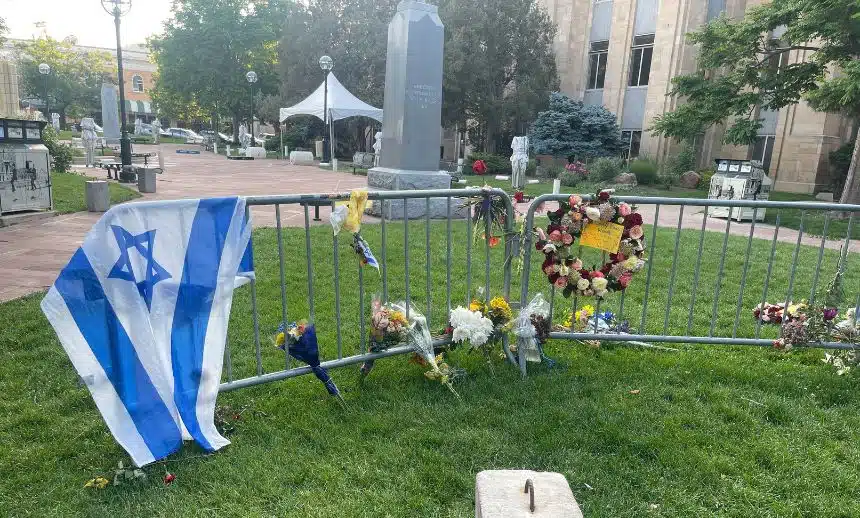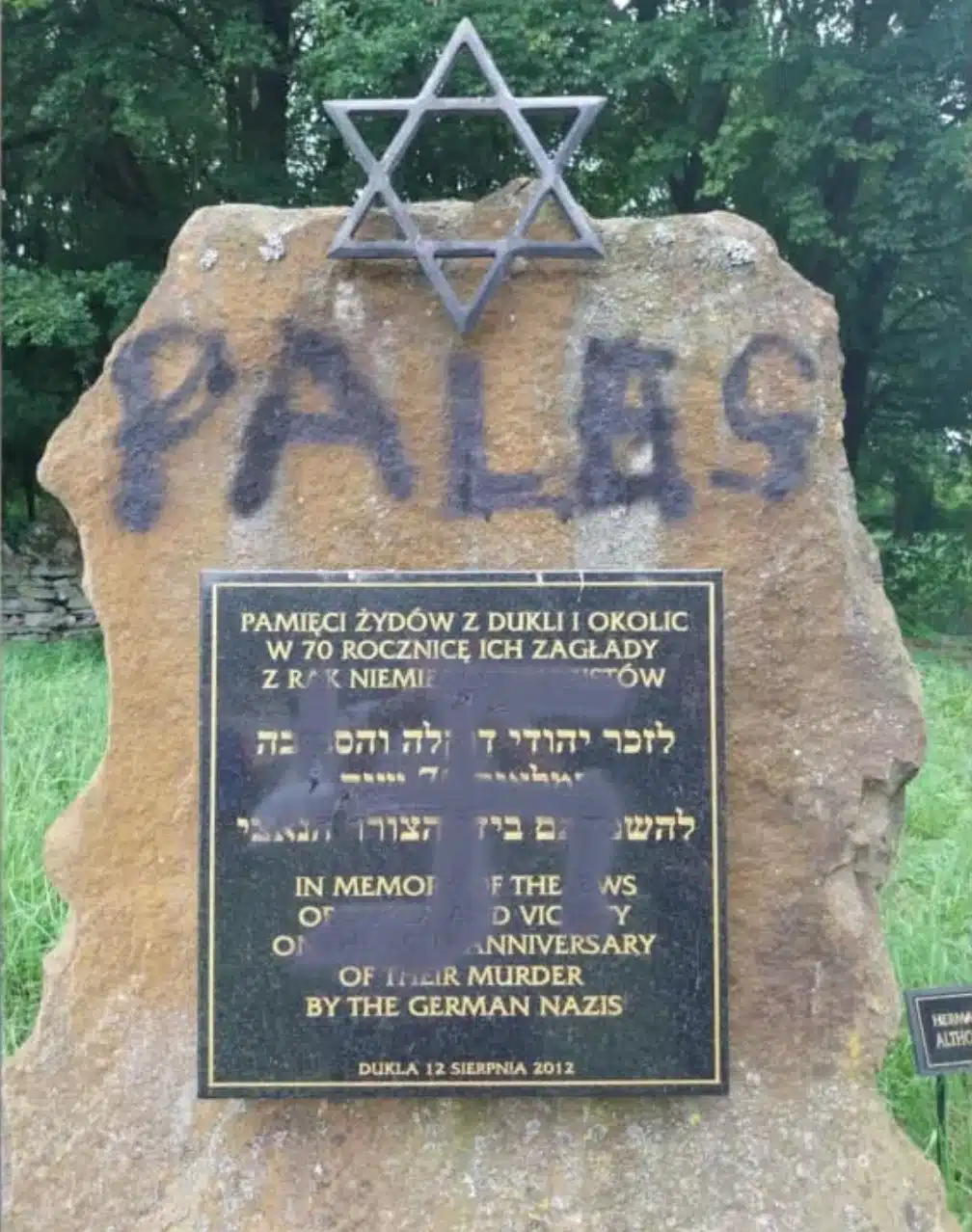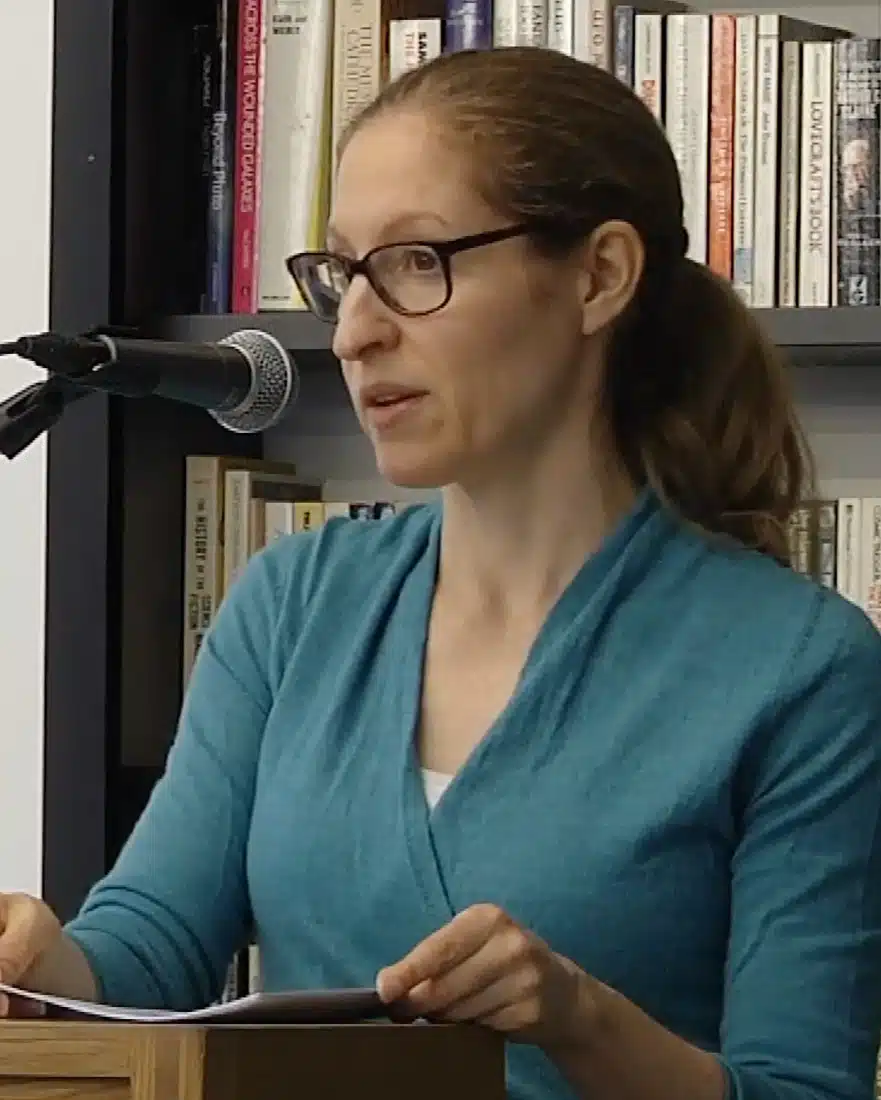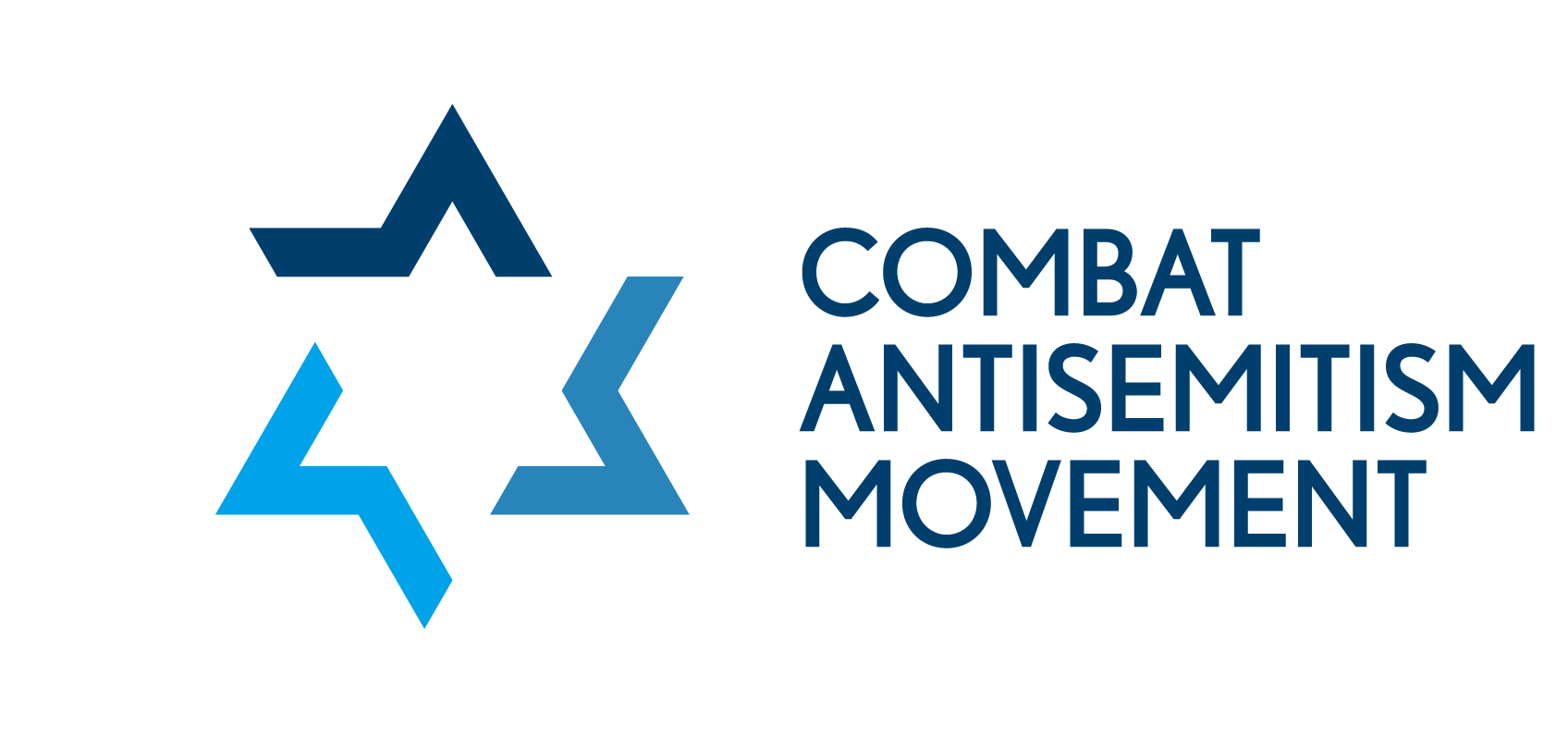
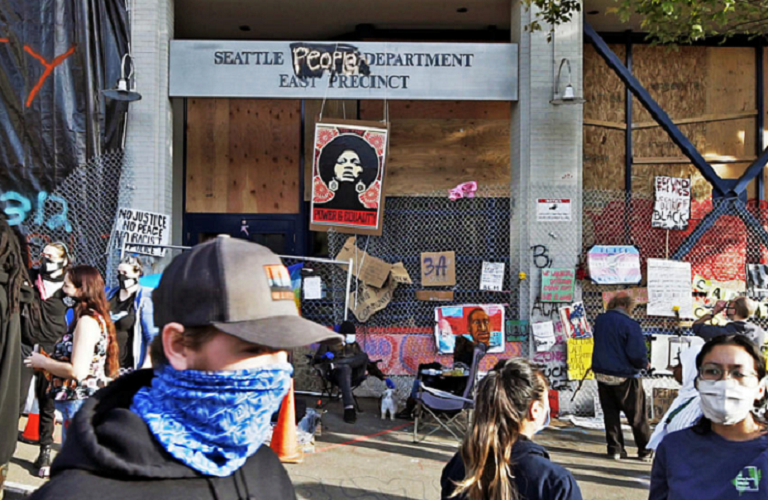
Activist Anti-Semites: A Story of Continuity
By Lauren Weiner
This year’s unrest and attacks on law enforcement in American cities and towns has deep ideological roots in political movements going back to the 1960s, on the college campuses and beyond. Anti-Semitism was part of the mix at that time, and still is.
In the latest issue of the Israel Journal of Foreign Affairs, Juliana Geran Pilon places in historical context the close connections between today’s Palestinian extremist organizations, Marxists, and the Nation of Islam. Dr. Pilon emigrated to the United States from communist Romania in 1962, during a civil rights movement that saw prominent Jewish participation. Yet that did not diminish the anti-Semitism of some at the radical fringes of the movement. What was “fringe” became more mainstream over time, as U.S. colleges and universities came to have a vocal anti-Zionist presence.
Half a century later, the intersectional symbiosis between radical Black and Palestinian groups has, if anything, strengthened. This can be seen in the policy arguments of M4BL, the Black Lives Matter umbrella group whose platform has been published under the title, “Vision for Black Lives.”
This platform, reportedly endorsed by over 50 organizations in the M4BL orbit and hundreds of allied organizations and individuals who “share [the] struggle with all oppressed people” for “collective liberation,” contains a section on U.S. policy that goes into detail about the iniquities of American foreign aid. The document’s authors protest that “approximately 3 billion dollars in US aid is allocated to Israel, a state that practices systematic discrimination and has maintained a military occupation of Palestine for decades.” The United States is said to be “complicit in the genocide taking place against the Palestinian people” through its “alliance with Israel.”
The US Campaign for Palestinian Rights website notes that, in 2015, over 1,100 Black activists, artists, scholars, students and organizations signed a solidarity statement with Palestine, the purpose of which is stated explicitly: “We aim to sharpen our practice of joint struggle against capitalism, colonialism, imperialism, and the various racisms embedded in and around our societies.” Among the signatories was BLM founder Patrisse Cullors.
These sentiments are by no means restricted to activist organizations; they also pervade the academy and the media. In recent years, in the humanities programs and especially in Middle East studies programs, many professors have been peddling skewed curricula that delegitimize Zionism, paint an uncritical picture of Islam, and condemn America’s support for Israel as proof of its fundamental, systemic racism.
That Jews too often fail to speak up in response is as lamentable as it is self-defeating. The phenomenon reminds Natan Sharansky—the writer, statesman, and member of CAM’s Advisory Board—of his days in the former Soviet Union.
Sharansky tells a sobering anecdote that bears on this point:
“On a Canadian campus, a student said to me: ‘In the past when I was active for Israel, I was often criticized and lost many friends. Now I promote ecological agriculture, and everybody loves me.’ These types of remarks I heard again and again on different campuses in Western countries. They reminded me of communist rule. We were called the Jews of silence because we were not supposed to express our opinions, yet some courageous people did speak out.”
The unreasoning criticism of Israel has to be met with counter-arguments, civilly but firmly offered. As Sharansky says, these critics gain free reign “because they feel that the progressive world, the media, and intellectual powers support them.”
Sharansky considers it “very worrying to see some in the free world volunteer to be Jews of silence.” And so should we.
Lauren Weiner’s writings have appeared in Commentary, the Wall Street Journal, Academic Questions, The Federalist, and many other publications.
read more
Join Our Newsletter
Free to Your Inbox
"*" indicates required fields

